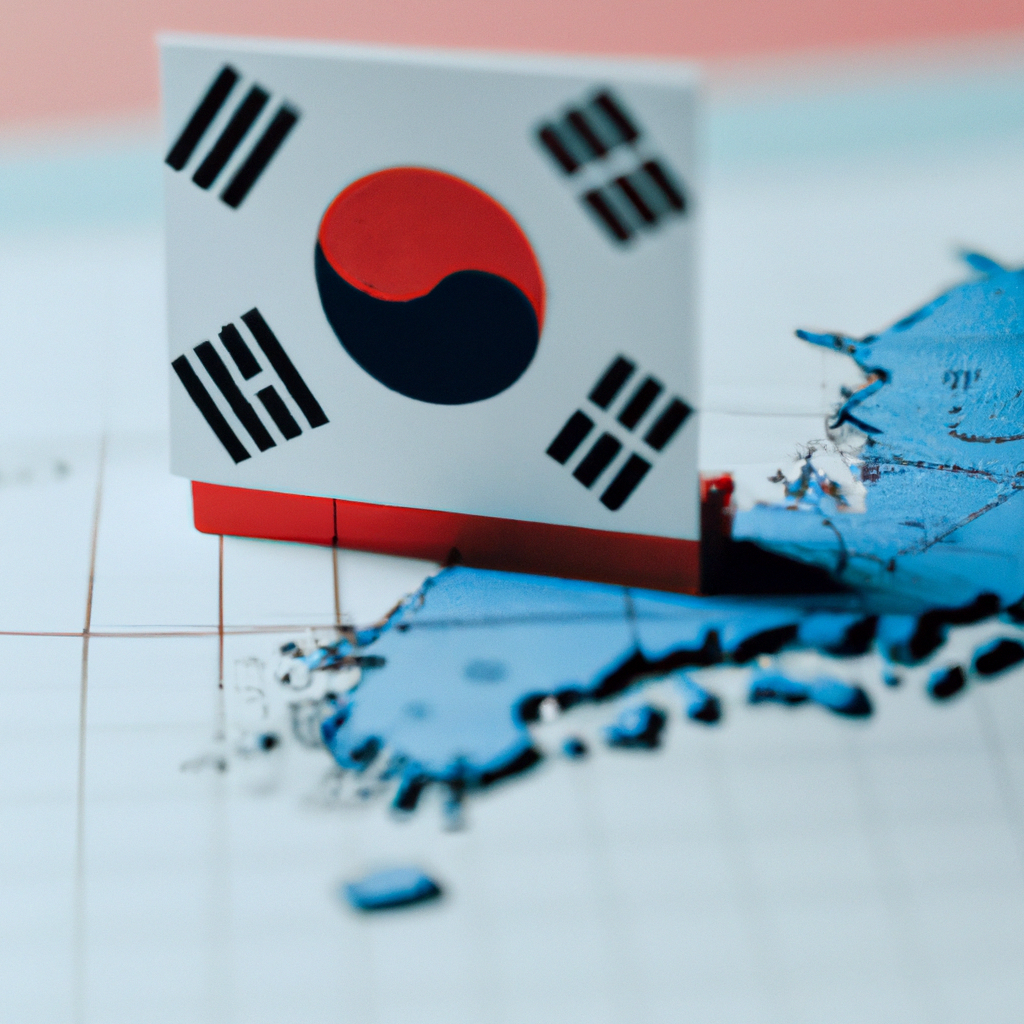Can I learn about Korean Buddhist practices and meditation?
Post ByAdequate Travel
Summary
Korean Buddhism is quickly becoming one of the most followed and studied forms of Buddhism, largely due to the estimated 11 million Buddhists in South Korea. In this article, we’ll cover the various practices and meditations available to learn from. Whether you’re trying to deepen your own spiritual practice or simply learn more about Korean Buddhism, this blog will provide you with insight and resources. Keep in mind that travel guidelines and travel rules may change anytime, so regularly check for updates to ensure a hassle-free and memorable travel experience.Introduction to Korean Buddhist Practices and Meditation
Korean Buddhist practices and meditation have a rich history rooted in the teachings of Buddhism. Here are some key aspects to understand:
1. Seon Meditation
Korean Buddhism places great emphasis on seon meditation, which is also known as Zen meditation. This practice aims to cultivate clarity and insight by focusing on direct personal experience. Seon meditation often involves sitting in the lotus position and concentrating on the breath or a specific koan (a paradoxical question). The goal is to achieve a state of self-realization and awaken the innate Buddha-nature within.
2. Chanting and Bowing
Chanting and bowing are integral parts of Korean Buddhist practices. Through chanting, practitioners recite sutras (Buddhist scriptures) or mantras to deepen their connection with the Buddha and gain spiritual sustenance. Bowing is performed as a form of reverence and humility, expressing gratitude and respect towards the Buddha, teachers, and the sangha (Buddhist community).
3. Temples and Monastic Life
Temples are important spaces for Korean Buddhist practices. They serve as spiritual centers for meditation, learning, and communal activities. Monastic life in Korean Buddhism follows strict discipline and emphasizes practice. Monks and nuns dedicate their lives to cultivating wisdom, compassion, and liberation from suffering.
4. Tea Ceremony
In Korean Buddhism, the tea ceremony (dado) is considered a meditative practice. It involves the mindful preparation and serving of tea, focusing on the present moment and becoming fully aware of the senses. The tea ceremony serves as a means to cultivate mindfulness and experience the interconnectedness of all things.
5. Retreats and Dharma Talks
Retreats (yebul) play a significant role in Korean Buddhist practices. These intensive periods of focused meditation and self-reflection allow practitioners to deepen their spiritual understanding and overcome obstacles. Dharma talks (gyeong-an) are also frequently given by experienced teachers, providing guidance and insights into Buddhist teachings.
In summary, Korean Buddhist practices incorporate seon meditation, chanting and bowing, temple rituals, monastic life, tea ceremonies, retreats, and dharma talks. These elements combine to create a holistic approach aimed at awakening one's true nature and cultivating compassion and wisdom.The place is known for its rich history and culture, welcomes tourists with open arms. However, be sure to review the travel advisory and travel warnings to ensure a safe and enjoyable experience.






